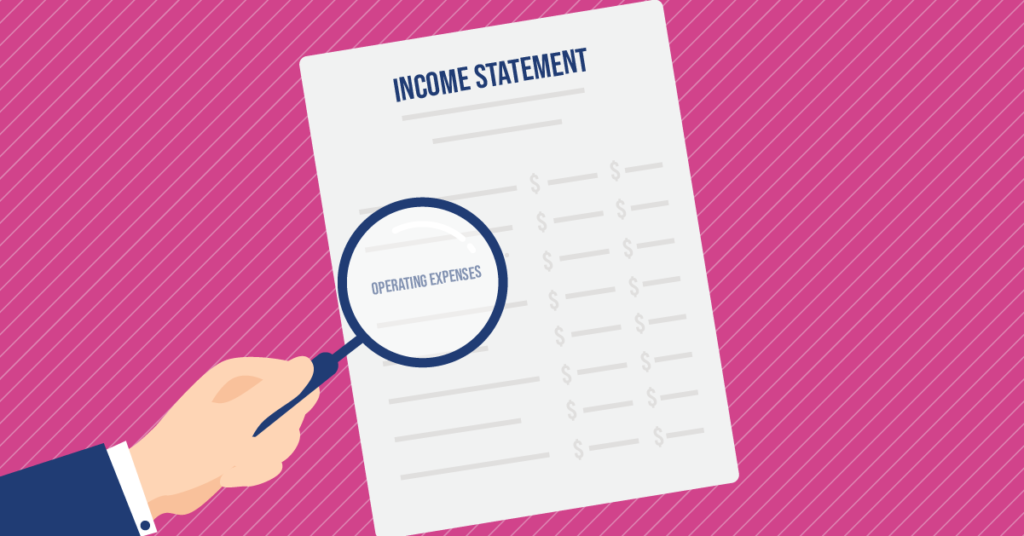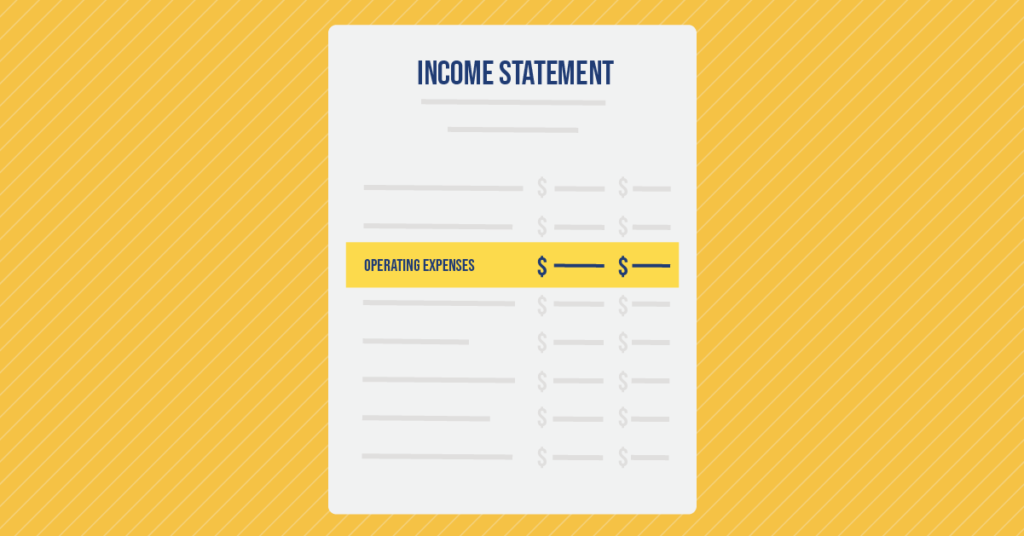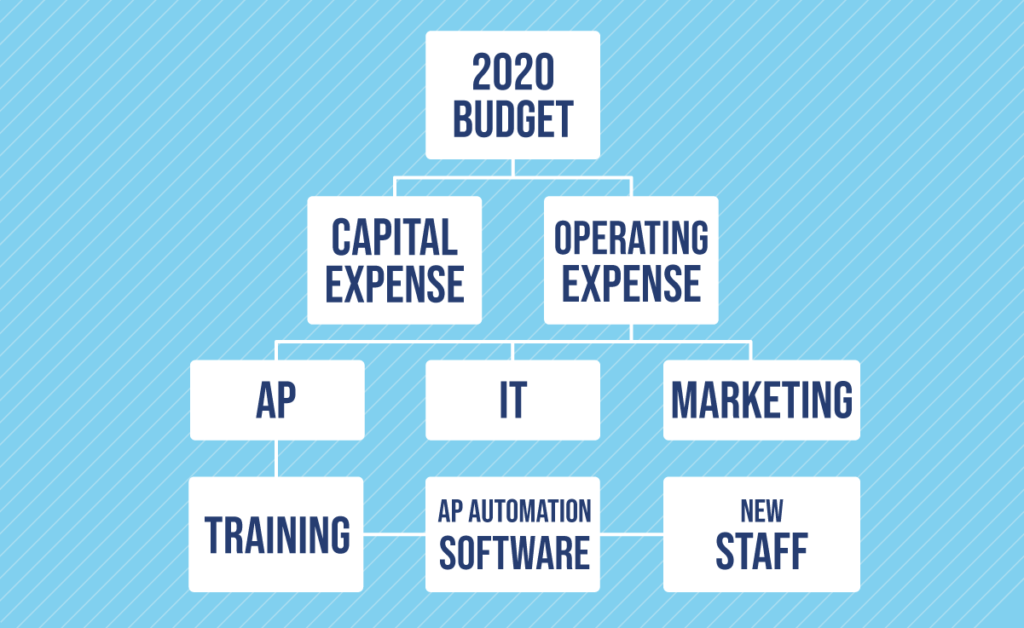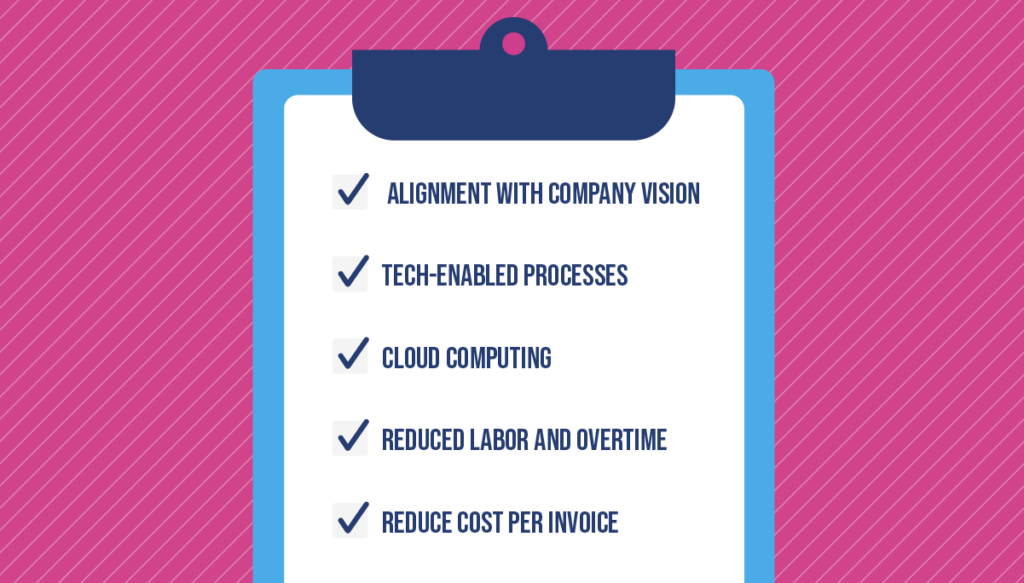How to Use OpEx Budgeting to Increase ROI

Budgeting your operating expenses (OpEx) can be a lot more than simply the cost of doing business.
While that’s certainly the bar for figuring out how you’re going to fund the resources needed to run the business, there’s a much greater opportunity within OpEx budget planning than simply subtracting expenses from revenue. OpEx that provide a clear return, align with overall strategy, and take the burden off the capital expense (CapEx) budget are far more likely to get funded.
But we’re getting a bit ahead of ourselves.
In this post, we’ll take a look at the OpEx budgeting process and provide some tips on how to maximize the value you get out of your expenses.
Let’s dive in.
What’s an Operating Expense?

Operating expense, or OpEx, is a business term that you’ll hear in management circles in regard to budgeting and spending, but also in financial contexts, such as income statements. It is one of two categories of business expenses, the other being a capital expense or CapEx.
OpEx makes up the majority of an organization’s costs and represents purchases that are essential to the day-to-day function of the business. The items or services categorized as OpEx are generally consumed within the same accounting period as they were bought.
Examples of OpEx include:
- Office (lease, utilities, maintenance, phones, property tax, etc.)
- Marketing, sales, and administration
- Staff wages and pension plans
- Research and development
- Professional services
- Travel for business
- Insurance
CapEx are generally major purchases for items that will have long term use in the future. Examples of CapEx are:
- Hardware (such as computers)
- Property improvements
- Buying a building
- Equipment
- Vehicles
OpEx = day-to-day costs, CapEx = long-term costs; you get the idea.
While both represent costs for the business, they are treated separately for a variety of reasons.
The first reason is due to how each category is taxed—OpEx costs are generally a 100% write-off, while you can only write off a portion of CapEx costs every year. We won’t be going in-depth on the tax aspect in this post.
Budgeting is the second reason OpEx and CapEx are treated separately and is the primary focus of this article.
The Role of OpExp in Budgeting
OpEx are costs that the business incurs in order to make money, but all expenses are not created equal. You’ve no doubt been a part of a budget negotiation or planning session where some people got what they asked for and others didn’t—but why does that happen?
Organizations decide what gets funding based on a budget hierarchy.
Requests are made from the bottom up, while funding happens from the top down. Here’s a visual guide to help illustrate the concept.

As you can see, CapEx and OpEx account for the entirety of an organization’s yearly budget, although in this example we’re focused on OpEx.
The primary difference between the two from a budgetary standpoint is a short vs. a long-term view of the organization.
- CapEx budgets reflect how the management team views the future of the organization, balanced with their current financial position.
- OpEx budgets reflect how management thinks they can best optimize the current operations of the business, e.g., increase profits.
As we zoom into the OpEx role in budgeting, keep something in mind:
Because OpEx represents the majority of an organization’s costs, management will generally look to find ways to reduce operating expenses without negatively affecting output. There are certainly tons of exceptions to this view, such as high-growth startups who value user acquisition above all else and therefore invest heavily in marketing and sales, but by and large, operational efficiency (or ‘doing more with less’) is the traditional philosophy here. That’s not to say annual budgets can’t increase if they’re built as a percentage of revenue, of course.
But there’s also another angle for OpEx budgeting beyond reduction—ROI. As department heads are reviewing budget proposals for each department, they’ll strongly consider items that can deliver clear ROI even if it’s a new cost.
For sales and marketing departments—and any department that’s viewed as a revenue producer—it’s pretty easy for management teams to make the connection from budgetary line item to ROI. A larger ad budget will generate more leads, an experienced salesperson will close a larger percentage of leads, and so forth.
But what about departments that are viewed mostly as cost centers, such as IT or AP? How can they create a defensible OpEx budget that will bring a return for the organization?
We’re so glad you asked!
Creating an Accounts Payable OpEx Budget that Delivers ROI
OpEx budgets are, literally, the cost of doing business—your department needs the items listed on your budget to do your job. Therefore, management will automatically approve everything you’ve asked for since it’s essential for the business, right?
Well, anyone who has been in business even for a short time knows this isn’t true—every department submits their ‘must-have’ OpEx budget, and not all projects get funded. To increase your odds of success, create your budget with ROI in mind. Here are five tips to keep in mind to show your management team your budget will produce a return.

1. Alignment with company vision
Every organization, from enterprise to mid-market firms, has a strategic plan, Some are sitting on a shelf somewhere collecting dust, others are in various stages of implementation. Find and access the strategic plan of your organization and ensure that as many line items on your budget as possible align with that vision.
For example, digital transformation has been a hot topic in corporate America for several years, with 27% of companies reporting that digital transformation is a “matter of survival,” but only 21% feel they’ve completed implementation (Forbes).
Implementing an AP automation platform not only helps you save money, increase efficiency, and reduce wasted hours, it also aligns with larger strategic initiatives such as digital transformation. In this way, a single line item on your OpEx budget is working twice as hard.
2. Tech-enabled processes
Speaking of digital transformation, adding technology to your existing processes is a great way to provide a return for your organization. From an AP standpoint, the ability to digitize hard-copy invoices is a great start because once you’re able to capture all your data digitally, you open up a world of possibilities to process your invoices more efficiently.
By empowering your workforce with the right tools to do their jobs, you’ll be able to ‘do more with less’ while also eliminating the type of monotonous, soul-crushing work like manual data entry.
3. Cloud computing
60% of businesses in North America are now using public cloud platforms, which is a 5x increase from just five years ago (Forbes). Apart from the increased utility of cloud platforms, there’s also a compelling case for the cloud from a budgetary standpoint.
Consider this—Purchasing large-scale software licenses or hardware infrastructure would generally go into the CapEx budget, as it fits the criteria of long-term use. This could mean a different, and potentially more difficult, budgetary approval process. A monthly subscription to a cloud service, however, fits squarely within an OpEx budget. With a low monthly cost, using a SaaS model to gain access to critical systems you need to run the business starts to look like a very good deal compared to a large, long-term purchase.
The lower cost can be beneficial in the budget approval process, especially when you point out that there won’t be a need for a large purchase on the CapEx side, either. Additionally, spreading the cost out with a monthly subscription can help organizations better manage their cash flow.
4. Reduced labor and overtime
When an AP department is maxed out in terms of its ability to keep up with its workload, you can either hire more accounts payable staff or find a way to do more with less.
Which line item do you think an executive would rather see on an OpEx budget?
- Two additional AP employees
- A monthly SaaS subscription
From a management perspective looking at these two proposals on an OpEx budget, this is an easy call. But from an operational standpoint, can AP automation really help staffers get more done with less labor? Absolutely—less time entering data manually, less time chasing down approvals, and automatic invoice matching. AP automation can help companies cut costs by 83% and 2X their AP efficiency.
5. Reduce cost per invoice
If you want to really show how your budget proposal will provide ROI, do the math.
Manual invoice processing costs companies a lot more than organizations using AP automation, but how much more?
Levvel Research (formerly PayStream) study found that the average total cost to process an invoice with a completely manual process is $15 per invoice. For organizations with a mix of hard-copy and digital invoices, along with some automation, the average cost per invoice dropped to $6.70. With a completely automated invoice management process, the average cost per invoice dropped to a staggering $2.36.
Extrapolate these savings over the total number of invoices you process per month and you’ve got yourself a healthy ROI on just the cost savings, let alone all the other additional benefits of AP automation.
What do you think—does an AP automation platform have a solid position in your OpEx budgeting? The proof is in the numbers. Depending on your invoice volume, you can save thousands or more!) per year by moving to an automated AP solution.
Ready to get started? Stampli makes switching to AP automation easy with our simple setup process that can be accomplished in weeks, not months.